The Absolute Best Ways to Keep Your Produce Fresh and Delicious for Longer

There are few things more annoying than reaching into the fridge for a bag of salad you just bought only to find it’s now a slimy, inedible mess. While it’s tempting to just throw all your shopping into the fridge as soon as you get home from the store, with a few tips and hacks you can extend the lifespan of your fruits and vegetables and enjoy them for much longer. With grocery prices still so high, it’s imperative to be able to keep produce fresh for as long as possible—here’s what the experts say.
RELATED: How to Make the Perfect Grocery List.
Check Fridge Temperature
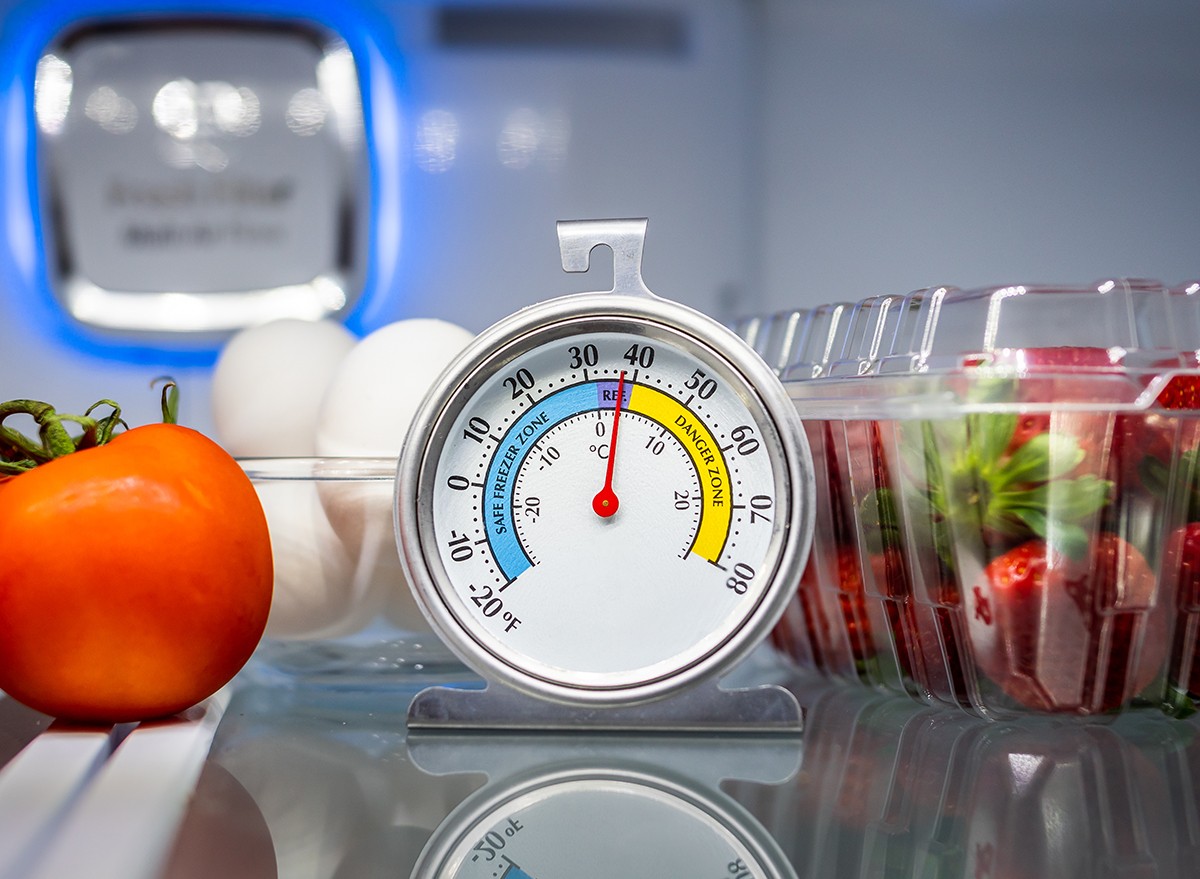
Make sure your fridge is the correct temperature. “The ideal temperature for keeping foods fresh is at or slightly below 40°F. If it gets much colder than that, tender foods like salad greens and herbs will freeze; if it gets warmer than 40°F, foods can spoil and become rancid,” Julia Watkins, author of Simply Living Well, tells Camille Styles. “Since heat rises, the refrigerator is typically colder in the bottom drawers than on the top shelves. The warmer upper shelves are an ideal place for storing foods that aren’t likely to spoil. Think condiments, yogurt, leftovers, dips, and sauces. The bottom drawers, on the other hand, are the coldest place in the fridge, which makes them ideal for storing foods with the highest risk of going bad, such as meat, poultry, and fish.”
Don’t Wash Vegetables Before Storing
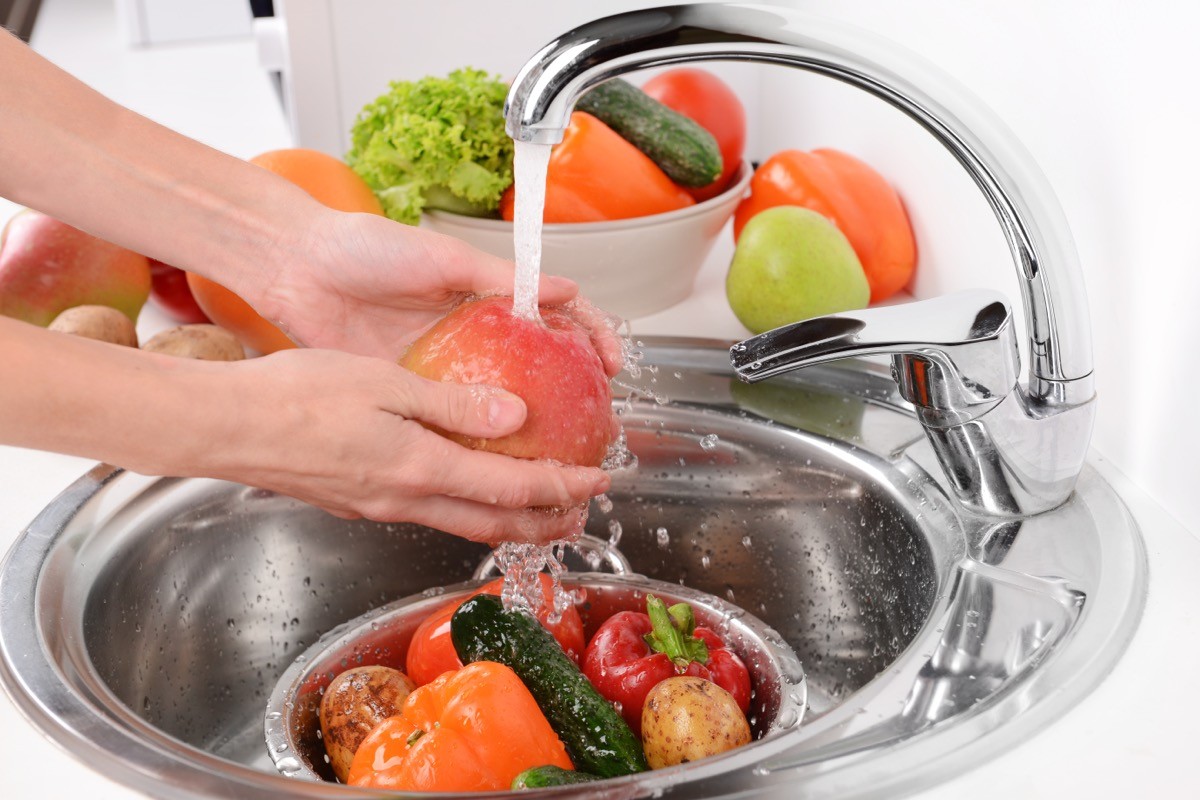
Wait until just before using to wash vegetables. “You don’t need to wash your produce before storing it,” says Senaka Ranadheera, Associate Professor in the School of Agriculture, Food and Ecosystem Sciences within the Faculty of Science at the University of Melbourne. “A lot of what we buy has already been washed commercially. In fact, if you wash your produce and can’t get it completely dry, the added moisture could speed up decay in the fridge.”
Rinse Berries With Vinegar
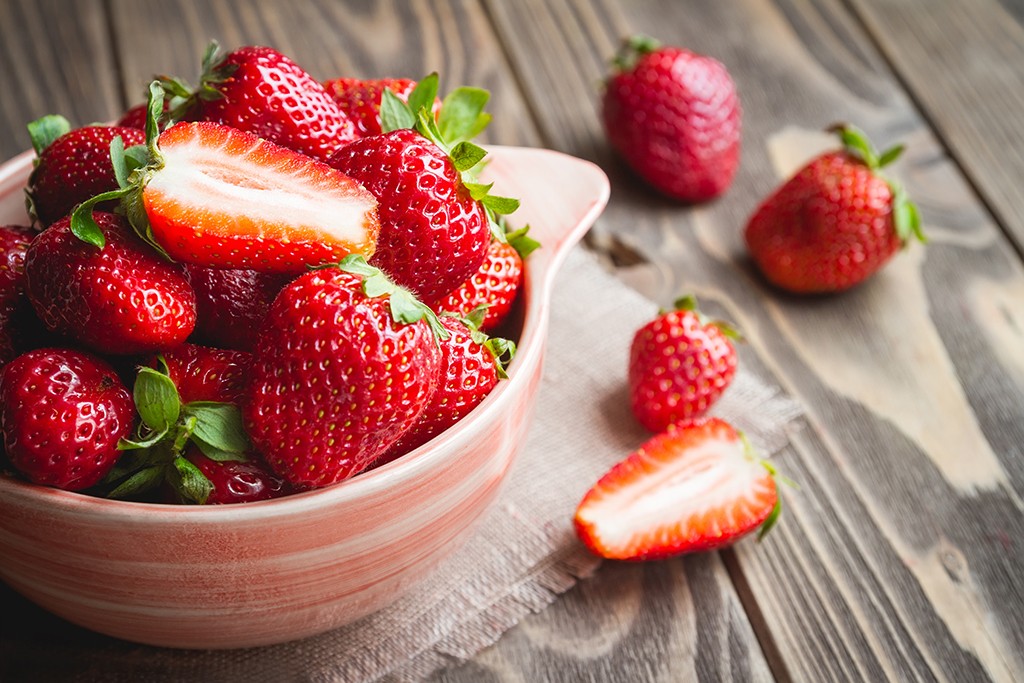
Keep berries fresh for longer with this handy tip. “When you buy your berries, wash them in a mix of three parts water and one part vinegar and let them soak in that mix for five to 10 minutes,” social media influencer Disha Nayak tells Newsweek. “Then wash with cold water and let them fully dry. Next, place a paper towel in a Tupperware and toss in your berries, then store in your fridge. The paper towel will absorb any extra moisture, allowing the berries to stay fresh longer.”
Water Storage
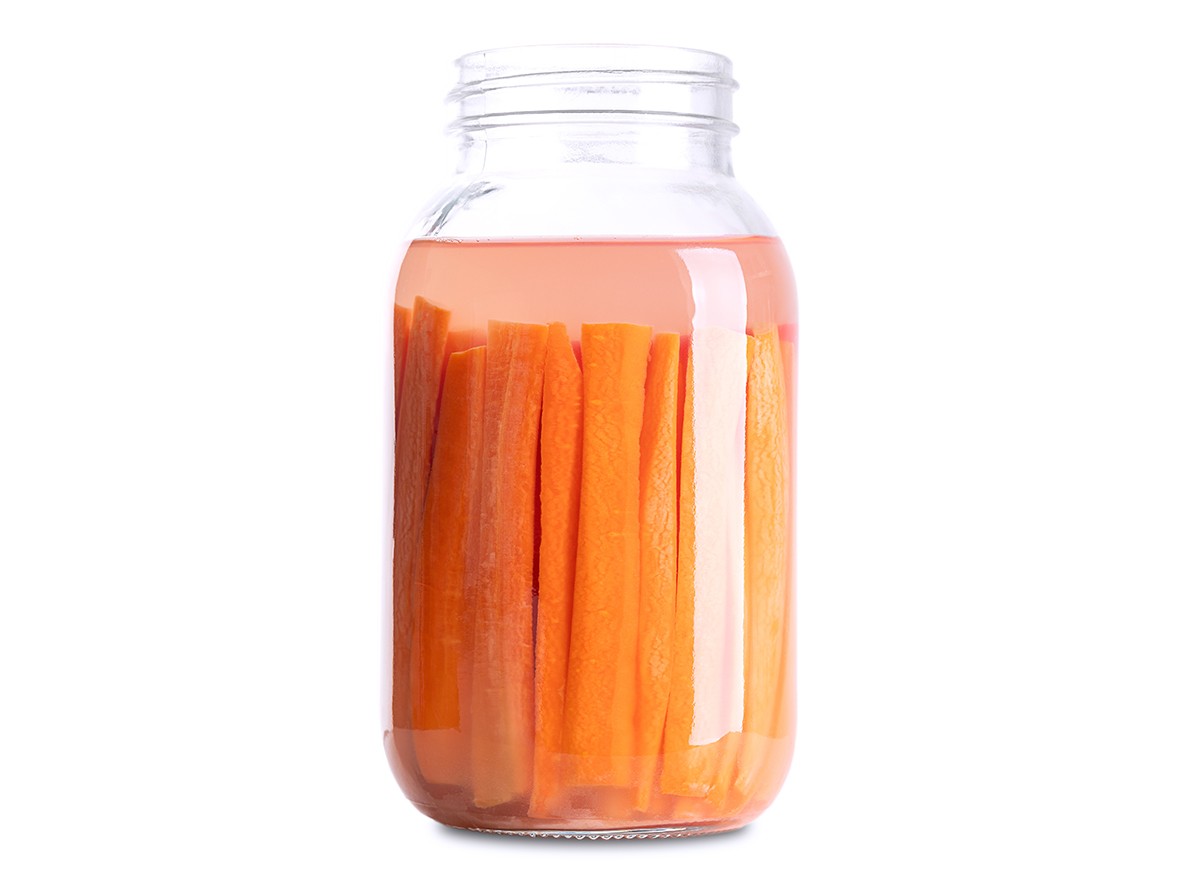
Some vegetables can be stored in water. “All cut vegetables should be used within 2 to 3 days,” says Erin Harner, RDN. “Carrots, celery, and radishes will last up to 5 days when stored in water but if storing that long, be sure to replace the water each day or at least every other day.”
RELATED: How to Ripen Avocados Faster.
Pick the Right Spot
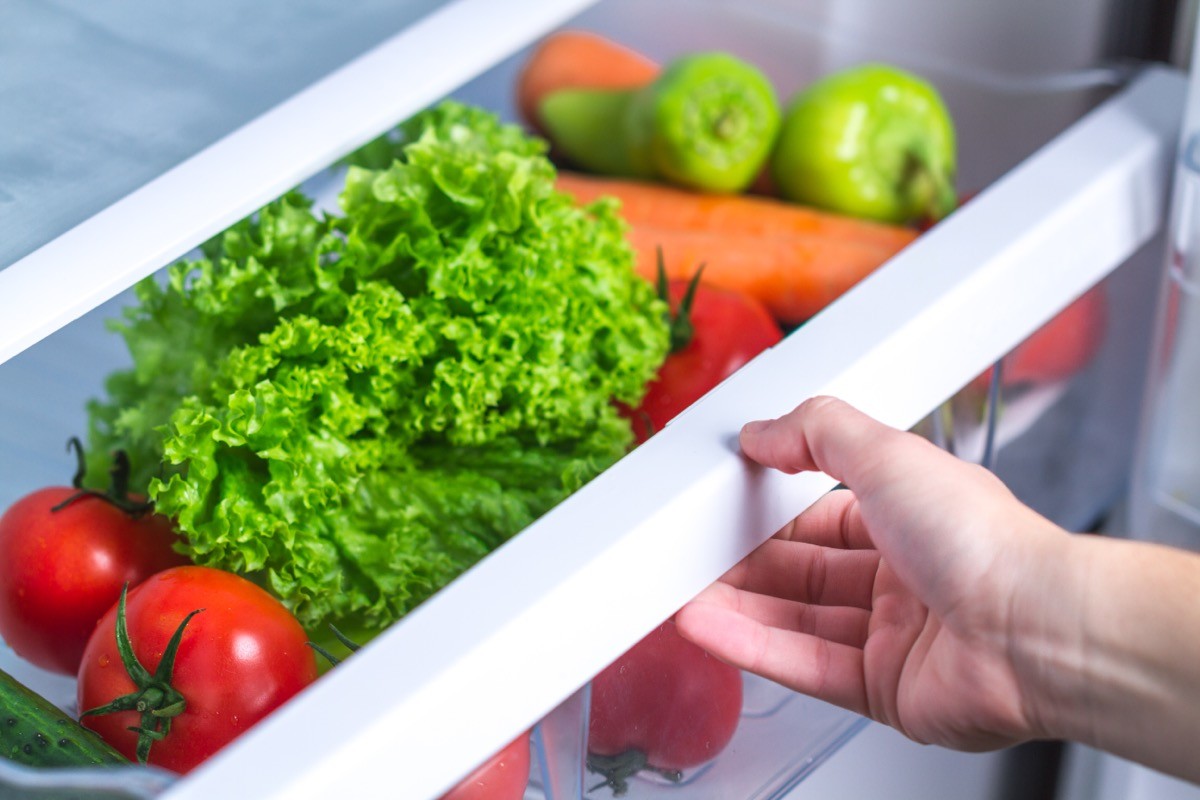
Be mindful of where in the fridge you store specific items. “All leafy greens, carrots, cucumbers, cauliflower and broccoli will do best in the low-humidity drawer (crisper) in the fridge,” Ranadheera says. “You can put them in perforated plastic bags to retain moisture but maintain air flow. But don’t put them in completely sealed bags because this can slow down ripening while trapping carbon dioxide, leading to decay and bad smells.”
Use Lemon Juice
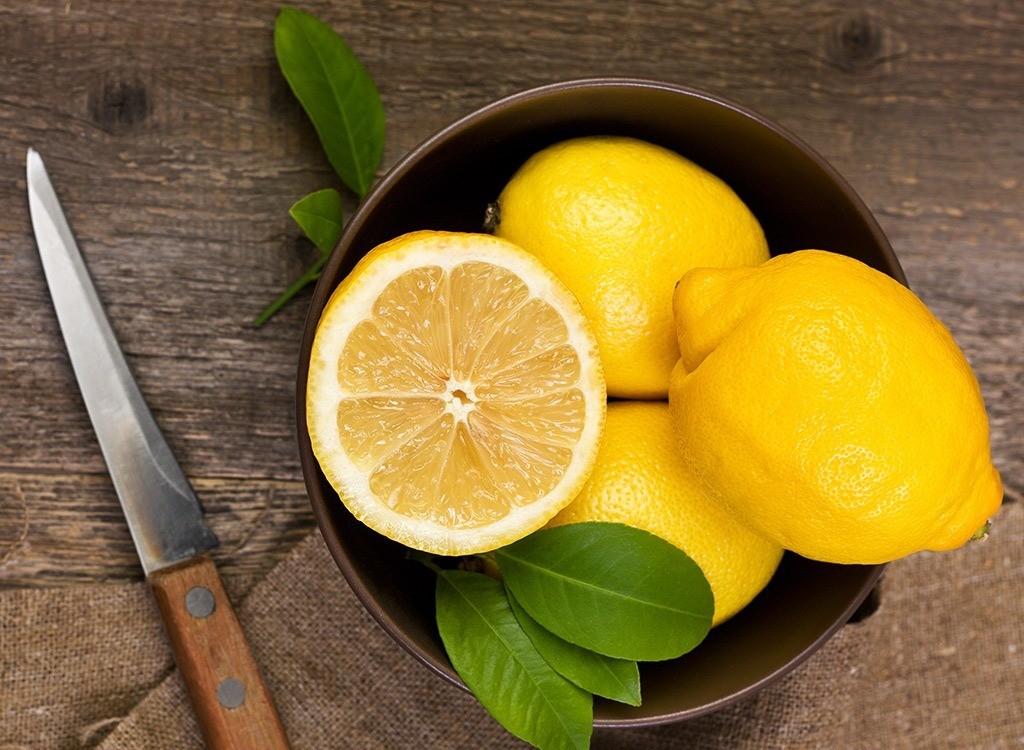
Use lemon juice to extend the life of your fruit. “To prevent your chopped fruit like apples, pears, etc. from browning quickly, here’s the best hack: Chop your fruit and squeeze some lemon juice on all the slices,” Nayak says. “Then store them in a container and place in the fridge. The fruit will stay fresh longer.”
Potatoes and Onions Are Better Apart
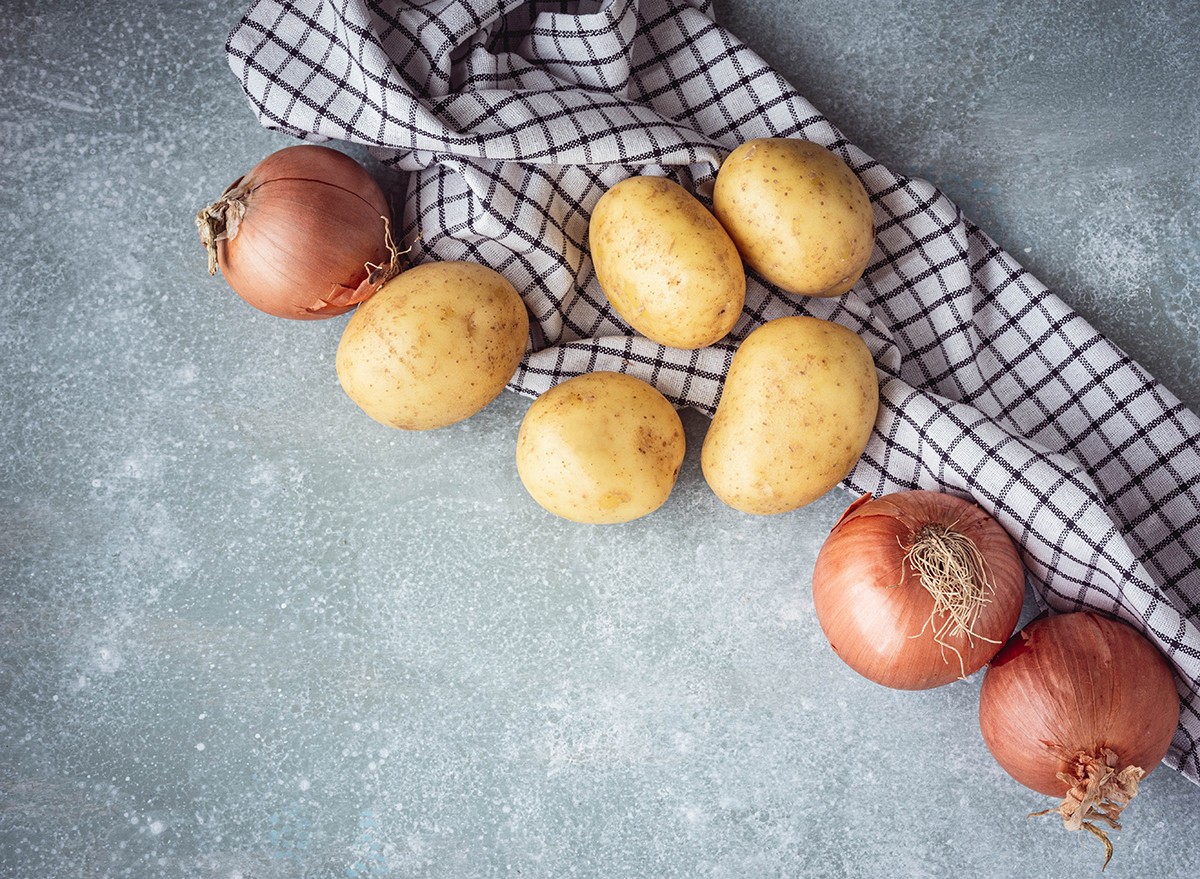
Keep potatoes away from onions. “Bananas, onion, garlic, potatoes, sweet potato and whole pumpkin will do better in a dark pantry or cupboard,” Ranadheera says. “Don’t store potatoes and onions together: onions produce a gas called ethylene that makes potatoes spoil quicker, while the high moisture in potatoes spoils onions.”